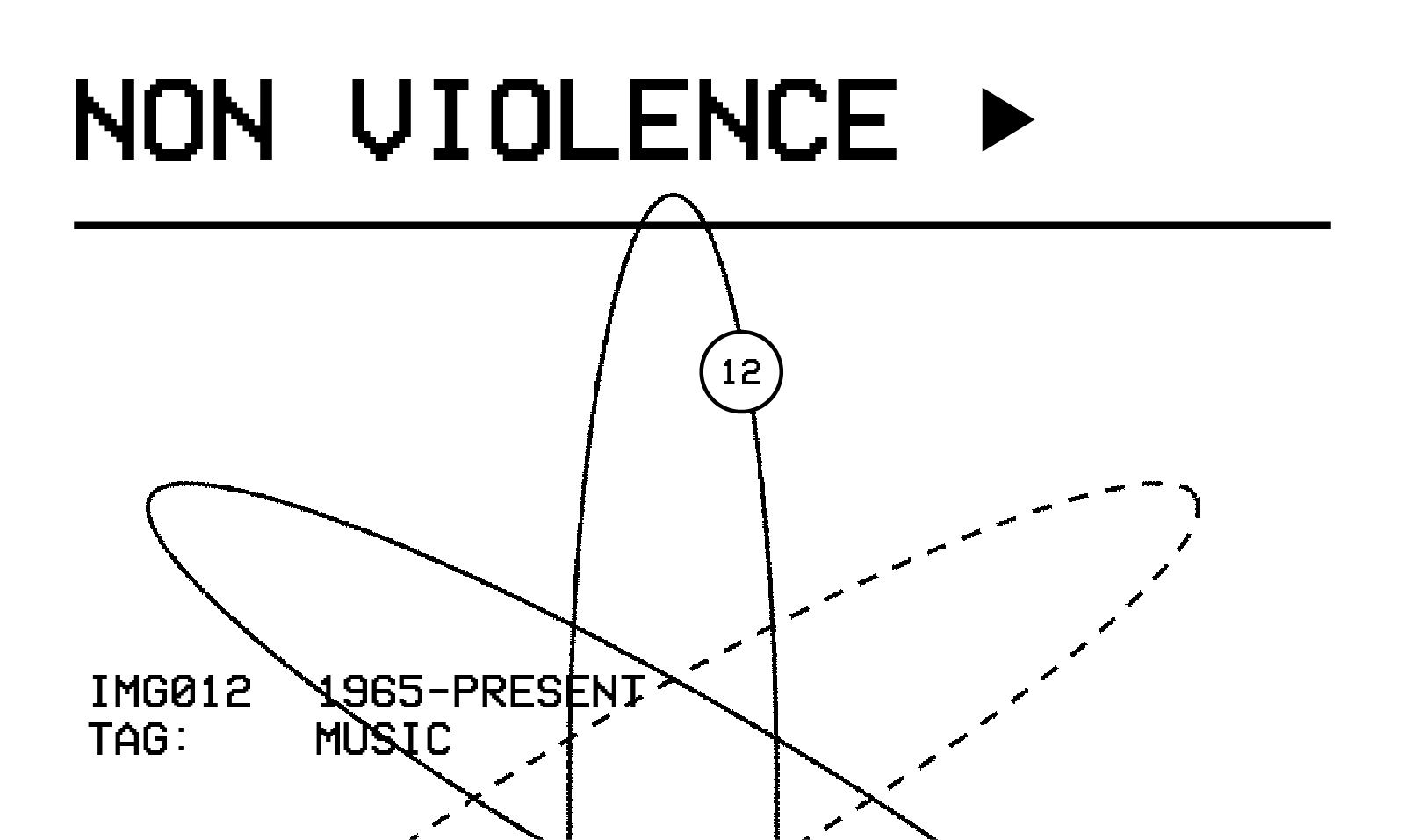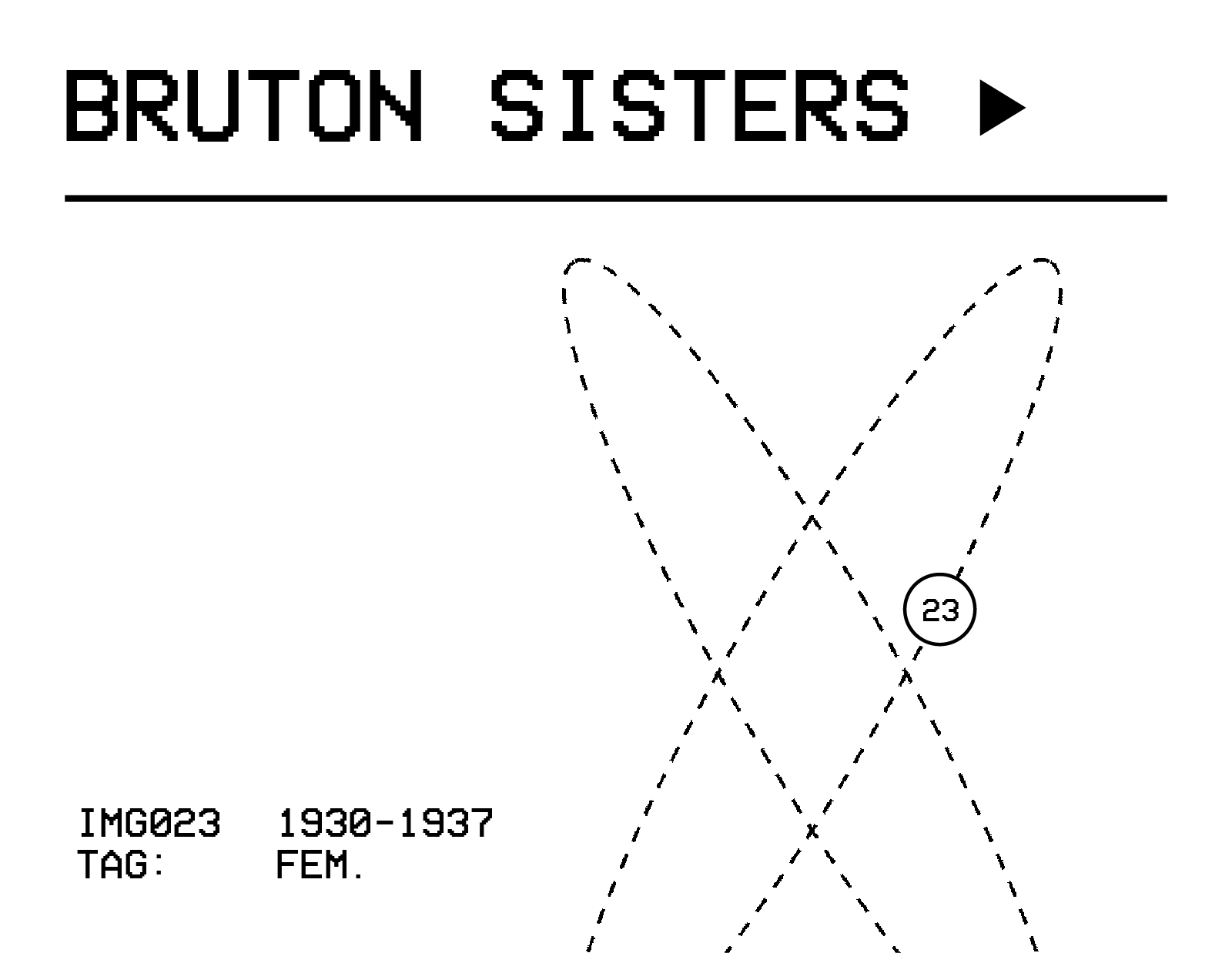
Defoliation
Author
Nina Zurier
Decade
1960s 1970s
Tags
Activism Antiwar Performance Vietnam
Terry Fox: The first performance I did as an art performance was at Berkeley in 1969 for The Eighties show at the old Berkeley Museum [The Powerhouse Gallery, now called Old Art Gallery; see below*—Ed.]. It was the defoliation of jasmine plants.
Robin White: Oh, yes. Now, that was a very political piece. It was about Vietnam. I mean, that’s what I thought.
TF: It was also designed specifically for the people that I knew would be there.
RW: Were they veterans, or were they people that would be sympathetic, or were they people that you were out to shock?
TF: They were extremely rich people, who obviously supported the war in some way or another. The garden was one of their favorite places to eat lunch. If you went there on a normal day there’d be two or three very rich-looking people sitting around having lunch—having their bottle of wine there, because it was beautiful; it smelled really good, it was real quiet, a wonderful place.

RW: And the museum let you do it? They didn’t mind?
TF: Yeah, they let me do it. I don’t think they knew how extensive it was going to be. It takes seven years for those plants to bloom, and they were in their sixth year. It was a garden—it wasn’t very big, it was like, eight feet by eight feet, and I burned a square—I burned the whole thing with a flame thrower, and it just left a slight border of these plants, and they ended up having to dig them all out—it destroyed them. So, then, the next day these people came to have their lunch there, it was just a burned-out plot, you know. I mean, it was the same thing they were doing in Viet Nam. Nobody would get excited about napalming Viet Nam, but you burn some flowers that they like to sit near, and it’s like—
RW: But do you think that they ever made the connection?
TF: Oh, yeah. Definitely. Definitely.
Terry Fox was the recipient of the Adaline Kent Award and exhibition at SFAI in 1978. In conjunction with the exhibition, he did a series of acoustic performances in an excavated lot between 694 and 678 Mission Street—from Peet’s Coffee on the corner of Third and Mission to the California Historical Society now. The site was chosen for its acoustic properties and possibly for its proximity to Tom Marioni’s Museum of Conceptual Art at 75 Third Street. Fox had planned to string taut piano wire from end to end of the pit, but found that the resulting sound was too faint to be audible from the sidewalk above. Instead, he connected wires between the doors of an abandoned steel freight elevator up at the level of the sidewalk and a metal sink installed down in the pit.
TF: Yeah, they let me do it. I don’t think they knew how extensive it was going to be. It takes seven years for those plants to bloom, and they were in their sixth year. It was a garden—it wasn’t very big, it was like, eight feet by eight feet, and I burned a square—I burned the whole thing with a flame thrower, and it just left a slight border of these plants, and they ended up having to dig them all out—it destroyed them. So, then, the next day these people came to have their lunch there, it was just a burned-out plot, you know. I mean, it was the same thing they were doing in Viet Nam. Nobody would get excited about napalming Viet Nam, but you burn some flowers that they like to sit near, and it’s like—
RW: But do you think that they ever made the connection?
TF: Oh, yeah. Definitely. Definitely.
—excerpt from Robin White, “An Interview with Terry Fox,” View 2, no. 3 (June 1979)
Terry Fox was the recipient of the Adaline Kent Award and exhibition at SFAI in 1978. In conjunction with the exhibition, he did a series of acoustic performances in an excavated lot between 694 and 678 Mission Street—from Peet’s Coffee on the corner of Third and Mission to the California Historical Society now. The site was chosen for its acoustic properties and possibly for its proximity to Tom Marioni’s Museum of Conceptual Art at 75 Third Street. Fox had planned to string taut piano wire from end to end of the pit, but found that the resulting sound was too faint to be audible from the sidewalk above. Instead, he connected wires between the doors of an abandoned steel freight elevator up at the level of the sidewalk and a metal sink installed down in the pit.


According to the San Francisco Chronicle (September 28, 1978): “It sounded something like eight Kawasakis heading up Highway 1, or maybe the soundtrack of the morning Sopwith Camel patrol over the Western Front. It was not, certainly, even a distant acoustical cousin to Aloha Oe or Sweet Lenai. And no one on Mission Street, high above Fox’s big sounding box, a subterranean concrete cavern, seemed to be aware that anything unusual was taking place. That figures.”
In October 1978 Fox performed “Flagellating Doppler” with Georg DeCristel at BAMPFA, which involved multiple Jew’s harps played by the audience throughout the building as Fox swung bamboo poles in wide arcs in the main lower gallery, audibly disturbing the air.
In October 1978 Fox performed “Flagellating Doppler” with Georg DeCristel at BAMPFA, which involved multiple Jew’s harps played by the audience throughout the building as Fox swung bamboo poles in wide arcs in the main lower gallery, audibly disturbing the air.

*The Old Art Gallery, originally called the Power House because it supplied light, heat, and power to the university, was built in 1904. John Galen Howard was the original architect; W. P. Stephenson was the architect for its relocation and conversion to an art gallery in 1931. It was a gallery until 1970 when the new art museum, designed by Mario J. Ciampi, on Bancroft Way was completed. Ciampi was a trustee at SFAI.
NZ
NZ
Links
“The Eighties in 1970,” Art Practical, 2013
Terry Fox: Resonance, BAMPFA, 2019
Constance Lewallen in conversation with Phong Bui, Brooklyn Rail, 2013
SiteWorks: San Francisco performance 1969–85, University of Exeter
For more about Fox and other conceptual artists connected to SFAI, see State of Mind: New California Art circa 1970, curated by Constance Lewallen (SFAI faculty and BAMPFA curator) and Karen Moss (SFAI former gallery director and BAMPFA former work-study student), 2012



